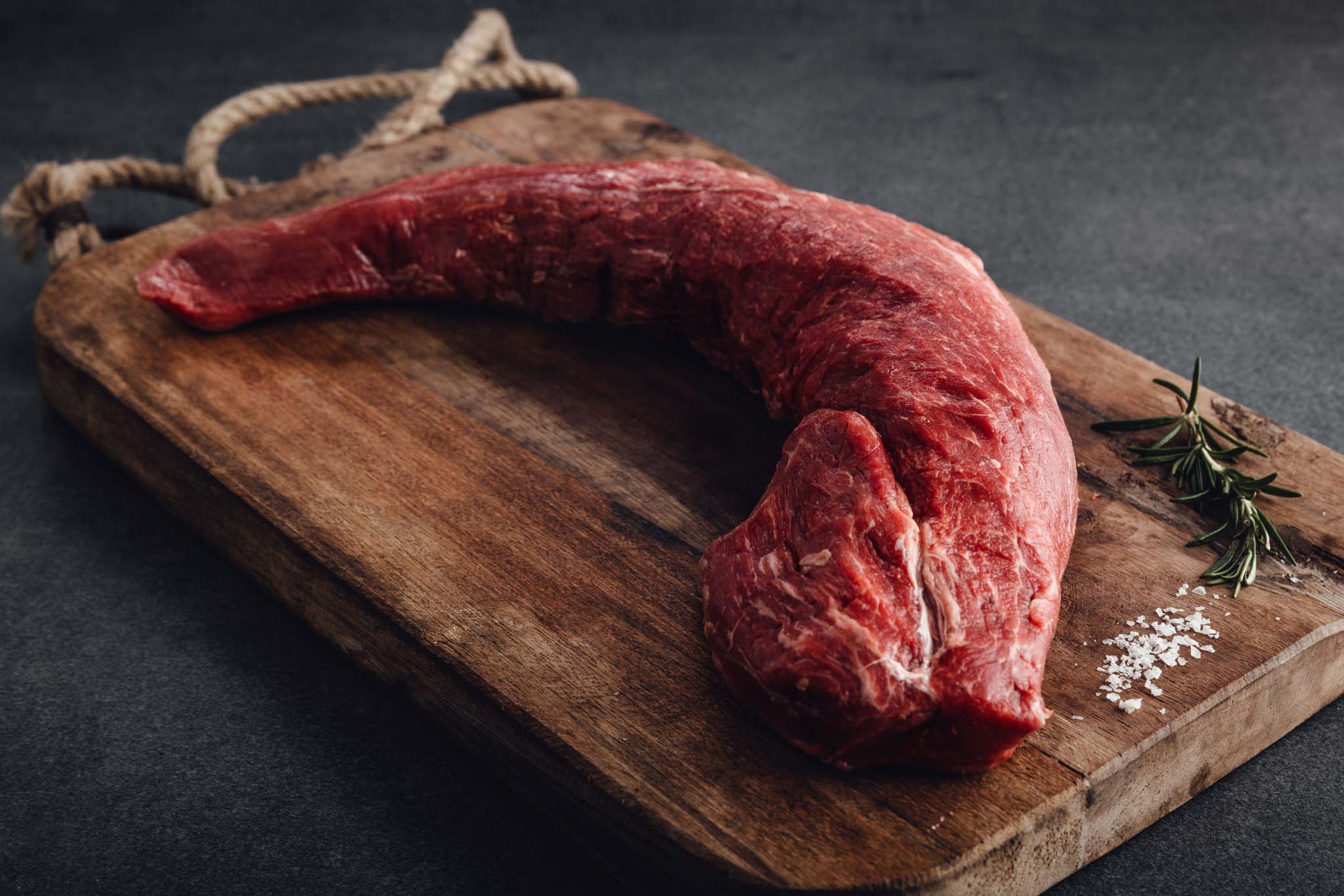The buffalo is often confused with the bison. Understandably, since both are large, have horns, and belong to the Bovidae family. Yet they have fundamentally different physical characteristics, habitats, and lifestyles.
Until the 19th century, the bison preferred open grasslands, but modern civilization largely drove them into forests and prairies. At one point, the bison was threatened with complete extinction, but its population was restored through its reintroduction into nature reserves. Unlike the water buffalo, the bison is native to Europe and North America, either individually or in herds.
At 1.85 meters tall at the shoulder, it is one of the largest mammals in the country. Its distinctive features are its prominent hump and short, curved horns. The pronounced hump on the shoulders allows the head to act as a plow, protecting it from snow drifts in winter. While buffalo have large horns with pronounced arches, bison horns are much shorter and sharper.

The water buffalo
Among gourmets, the water buffalo is famous for its milk, which is used to make the ever-popular buffalo mozzarella. However, very few people really know anything about these unique animals—we're here to clear that up.
Genus and origin
The water buffalo is the most widespread species of Asian buffalo and belongs to the cattle family. Originating in Asia, it has now colonized large parts of the planet.
Spread
In Asia, the water buffalo can be found in places like India, China, Nepal, Vietnam, Thailand, and Indonesia. However, they can also be found in some African countries such as Egypt, as well as in Argentina, Brazil, Colombia, and Venezuela on the South American continent. This versatile and adaptable animal has also made its way to Europe. The buffalo is now a native animal in Italy, England, Germany, and Switzerland, as well as in Hungary, Romania, and Bulgaria, and is enjoying increasing popularity.

Rasset-typical Merkmale
The water buffalo reaches a head-body length of almost 3 meters with an average shoulder height of 1.8 meters. Wild animals can weigh up to a ton, whereas domesticated buffalo weigh about half that, at a maximum of 500 kg. It is notable that both male and female buffalo have horns that can span up to 2 meters. Water buffalo are very docile animals with a well-developed social system, living in herds with a fixed hierarchy. The herds are led by a powerful, fully grown female buffalo.
habitat
The buffalo is generally a very easy-going, robust, and adaptable animal. It tolerates climates with cold winters and hot summers well. It prefers to live in wetlands such as vegetated river valleys or swampy forests. There, it cools off in the water and protects itself from insects with mud baths. The water buffalo lives outdoors year-round, roaming endless green pastures near rivers or other bodies of water, feeding exclusively on fresh grass, herbs, and wildflowers.

Water buffalo and man
While the wild water buffalo is rarely encountered these days, it is often found in domesticated form living closely alongside humans. The buffalo is ideal as a farm animal or pack animal, which is why it was traditionally often used for plowing fields. In many places, especially in Asia and Africa, it is also kept as a livestock and provides its owners with fresh buffalo milk every day. While many Europeans value buffalo mozzarella as a delicacy, it is still largely unknown that the water buffalo not only has milk, but also excellent leather and juicy, low-fat meat. Furthermore, especially in Central Europe, water buffalo are increasingly being used as landscape gardeners. They cultivate entire tracts of land and thus contribute not only to the natural maintenance of the balance of our ecosystem but also to environmental protection by avoiding the use of machinery.








